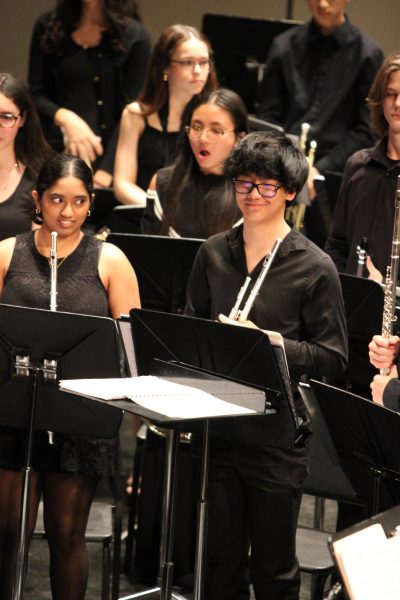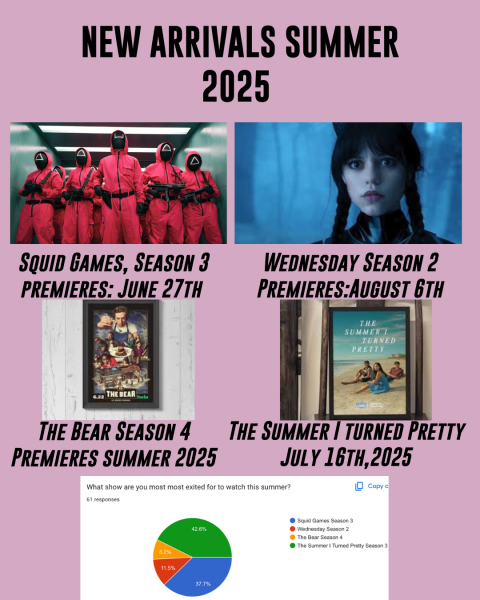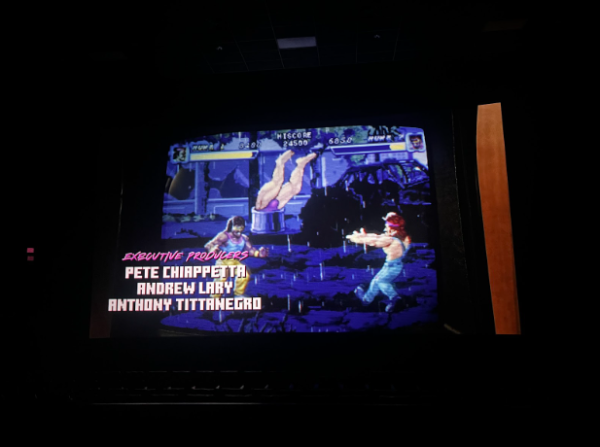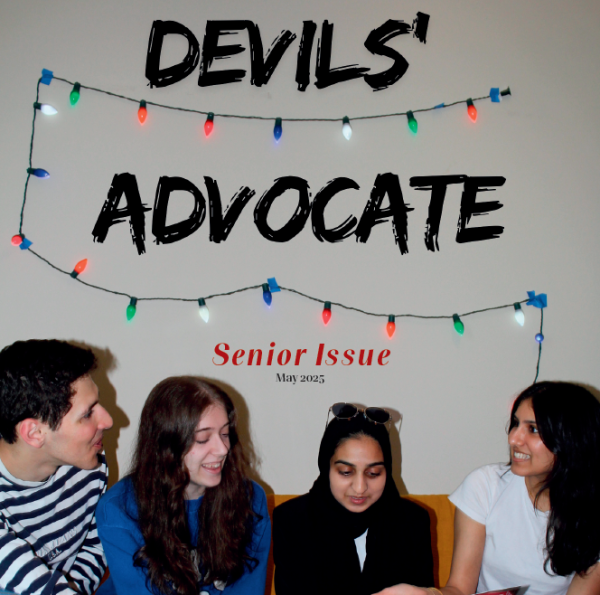History class comes to life in Dunkirk and Darkest Hour
Winston Churchill and his “V” for “Victory.”
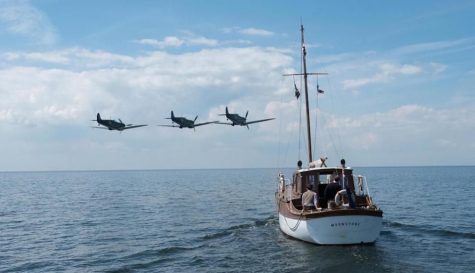
British civilians were sent into an active war zone to assist in the evacuation of the soldiers in Dunkirk.
This year the 90th Academy Awards falls on Sunday, March 4, and many students and faculty members are anticipating the event. It’s always fun to watch the Oscars, but it is also important to consider the depth that some of the nominated movies go into on certain topics. There are two movies in particular, Dunkirk and Darkest Hour, that portray a very difficult subject to understand through different angles: the politics and struggle between Britain and Germany during early World War II. These movies are especially relevant to students, since we are given a wide array of background knowledge in history classes that can be helpful while watching.
“I think [Dunkirk] portrays [the battle] accurately because there’s no backstory and there’s no individual stories; it’s just a tale of survival and how real it is that you show up on this beach and you have to find a way out,” said Mr. Korfist, AP U.S. History teacher. “There’s no Hollywood-made drama. I think it’s a realistic depiction of what it would have been like to be there.”
Too few Americans realize how unlikely victory over Adolf Hitler was. Europe was on the brink of destruction, and these movies help us begin to comprehend the dire situation the world was in. Dunkirk and Darkest Hour compliment each other because Dunkirk captures the front side of the battle, the stories of the soldiers and their journey home, while Darkest Hour depicts the political side of the battle, the homeland struggle to support distant troops and Winston Churchill’s call to action.
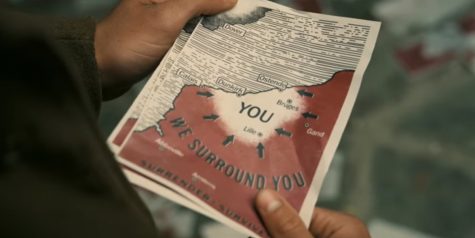
The German forces had completely surrounded British forces by land and made escape by sea next to impossible.
“I think the movies represent the two distinct way that wars are waged. In Dunkirk, we see the nitty-gritty of wars, the actual battles. In movies like Dunkirk, Lone Survivor being a good example, the main soldiers are not the focus, but more so their struggles and their companionship with their brothers in arms,” said Cam Garber, junior. “Darkest Hour, meanwhile, showcases the political side of warfare, such as strategizing, managing public opinion and morale, and dealing with the larger scale of the conflict, and focuses more on the characters rather than their struggle.”
Dunkirk covers all the brutality that happened on the battlefront while, against all odds, British citizens evacuated British soldiers from the beaches in France. Even though the British had a navy, it was inadequately equipped to help over 300,000 troops on the beaches at Dunkirk who were waiting to be evacuated—all while the enemy closed in by land and in the air. It was incredibly hard to get any troops out, and by all accounts impossible to evacuate all of them with naval resources. The naval authorities thought Churchill was radically naïve when he commanded that any citizens with boats over 30 feet cross the English Channel into a war zone and, under fire from German Messerschmitt fighter planes, assist the evacuation of British troops. This was an incredibly bold move considering the power of Nazi Germany, especially against unarmed civilians.
Churchill’s approach to dealing with a desperate situation was what led Britain to save over 300,000 lives that were all but lost in the face of the overwhelming German war machine. He mobilized the English language to its fullest potential in a speech that commanded the will of the people, persuaded oppositional politicians, and inspired the nearly beaten island nation to keep fighting.
“We shall fight on the beaches, we shall fight on the landing grounds, we shall fight in the fields and in the streets, we shall fight in the hills; we shall never surrender, and even if, which I do not for a moment believe, this island or a large parts of it were subjugated and starving, then our Empire beyond the seas, armed and guarded by the British Fleet, would carry on the struggle, until, in God’s good time, the New World, with all its power and might, steps forth to the rescue and liberation of the old,” said Winston Churchill, in his “We Shall Fight on the Beaches” speech given on June 4, 1940.
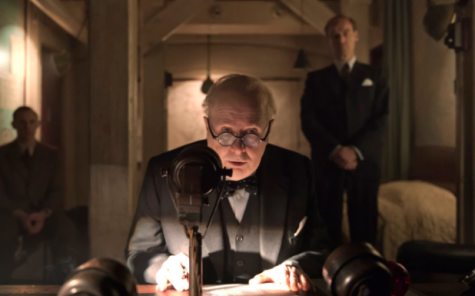
Gary Oldman portrays Winston Churchill in Darkest Hour.
Historical accuracy also plays a role in the depiction of the times. Many juniors are reading Tim O’Brien’s novel The Things They Carried this year, which brings about the theme of truth in telling a true war story.
“In any war story, but especially a true one, it’s difficult to separate what happened from what seemed to happen. What seems to happen becomes its own happening and has to be told that way,” said O’Brien, in the chapter “How to Tell a True War Story”.
There is a critical role that fiction plays in the portrayal of events to a distant audience. There is a scene in Darkest Hour in which Churchill, then the prime minister, boarded the underground to ride with ordinary people. He asked them whether they thought Britain should negotiate with Hitler (as many of Churchill’s advisors had suggested, although totally against his beliefs), or if Britain should continue to combat the German conquest in the name of self-governance. All the people on the train agreed with Churchill on the matter, that they should continue the good fight. This scene did not actually happen, but Joe Wright, the director, employed poetic license and created the scene in order to portray the people’s feelings on an issue and Churchill’s approach to politics: listen to the people and respond with good judgement.
Tune in to the Oscars on Sunday, March 4 at 7 p.m. on ABC to catch a glimpse of some of the actors and crew members who brought history to life in Dunkirk and Darkest Hour and to see how the movies were received by the Academy.

Peter Hughes is a junior who runs cross country and track. If he's not running, it’s probably because he’s either playing guitar or injured....





